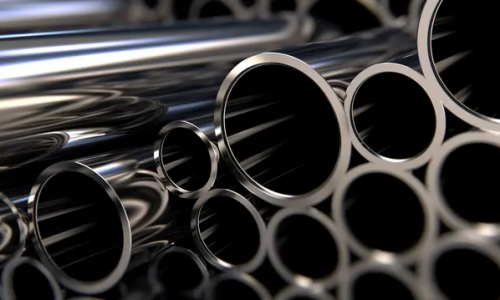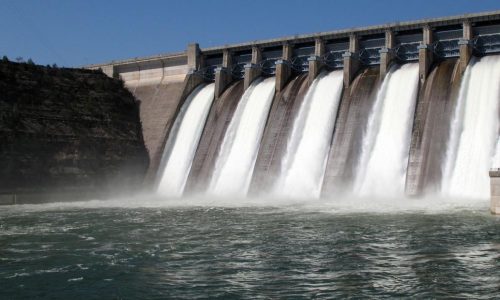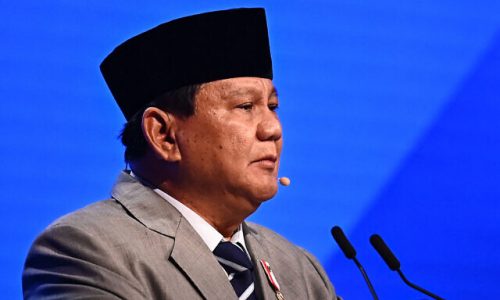Indonesia’s mining sector expanded 4.01 percent in the second quarter of 2022, a growth which the Central Statistics Agency or BPS attributed to, among other things, the rising foreign demand for coal amid Europe’s decision to ban Russian imports of the combustible black rock.
In April, the European Commission agreed to impose a full ban on all forms of Russian coal following its invasion of Ukraine. The ban will take effect on Aug. 10, adding the prospect of even higher demands.
BPS announced that Indonesia’s mining sector rose 4.01 percent in April-June 2022. This is slightly higher than the 3.82 percent growth rate in the first quarter of this year.
“Indonesia’s coal mining grew 4.25 percent as foreign demand rose, especially when Europe decided to ban Russian coal due to the Russia-Ukraine conflict,” BPS head Margo Yuwono. “This has created a new market for us,” Margo added. Indonesia’s metal ore mining also enjoyed a 22.37 percent growth thanks to an increase in copper and gold production.
BPS reported the resource-rich country’s economy expanded 5.44 percent in the second quarter. Mining accounted for 13.06 percent of Indonesia’s economic growth.
Key commodity price hikes also drove Indonesia’s exports, which surged 19.74 percent in the second quarter, compared to the same period last year.
“Global supply chain disruptions have an impact on the rising prices of Indonesia’s leading commodities and provided a windfall on exports,” Margo told the conference.
Indonesia recorded a trade surplus of $15.55 billion in the second quarter of 2022, registering a whopping 148.01 percent year-on-year growth. Indonesia’s trade surplus soared 67.85 percent in the second quarter from the preceding three-month period.
EU member states imported 28% more coal from Russia between March and May compared with the same period last year, Vedomosti newspaper reported on Tuesday. The European Union’s ban on Russian coal came into force on August 10.
According to its analysis of UN Comtrade data, deliveries amounted to 29.4 million tons during that period. In monetary terms, supply increased by 3.9 times to $9.3 billion. The average price of imported coal was about $317 per ton against $105 per ton between March and May 2021.
According to UN Comtrade, the main importers of coal were Germany, Poland, Spain, Italy, and the Netherlands. The European Union embargo was agreed in April and took effect on August 10. It is part of the bloc’s fifth wave of Russian sanctions.
Prior to the ban, Russia was the EU’s biggest coal supplier, accounting for about 45% of total imports. The bloc imported nearly €4 billion ($4.4 billion) worth of coal from Russia annually. Germany and Poland are particularly vulnerable to the embargo, which could inflict further pain on the 27-member bloc, which is already reeling from severe energy shortages and high oil and gas prices.








